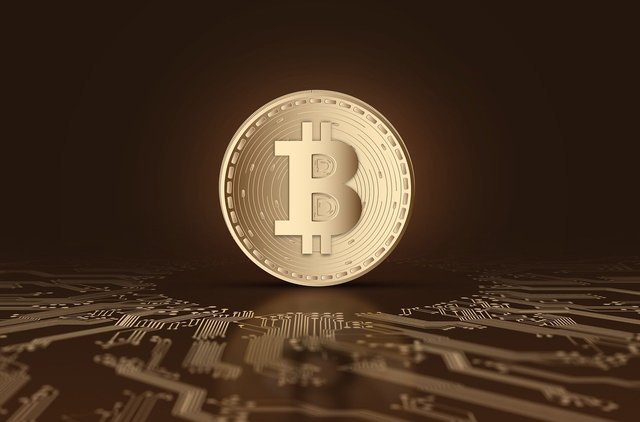Understanding Bitcoin's fixed supply and its implications for scarcity
Perhaps the most defining characteristic of Bitcoin is its supply cap at 21 million coins, as dictated by its protocol. It is baked into the code of how Bitcoin works uniquely digital form of scarcity against traditional fiat currencies, whose supplies can be inflated via money printing. Bitcoin has been considered a form of digital "commodity" similar to gold in that it is very available, contributing to its value as a "store of value."
The fixed supply is another factor that weighs on the deflationary aspect of Bitcoin. Bitcoin has a "halving" every four years, or so, in which the reward for mining new blocks is reduced by half. This gradual decrease in new supply reduces the speed at which Bitcoin enters circulation, hence forcing up its price due to increased scarcity amid growing demand. As a matter of fact, this mechanism will continue to "half" until roughly the year 2140, when the last Bitcoin is projected to be mined. By that time, miners will only be looking at transaction fees as rewards, which might not be good enough to keep the miners at work, hence affecting the security of the network.

However, the restricted supply of Bitcoin makes it attractive for investment in the face of inflationary fears of fiat currency devaluation. In contrast, scarcity brings volatility, since market demand will be the leading player for its course. There is a limited number of coins, and not everyone can get their hands on them; hence, there's a chance of hoarding. The scarcity model of Bitcoin underlines its value proposition as "digital gold," yet it introduces unique challenges toward broader adoption and economic integration.
~ Regards,
VEIGO (Community Mod)


Upvoted! Thank you for supporting witness @jswit.
Thank you so much for explaining this part about the Bitcoin and I believe that it's basic to learn about the supply and its scarcity in terms of the circulation supply for the net calling market.